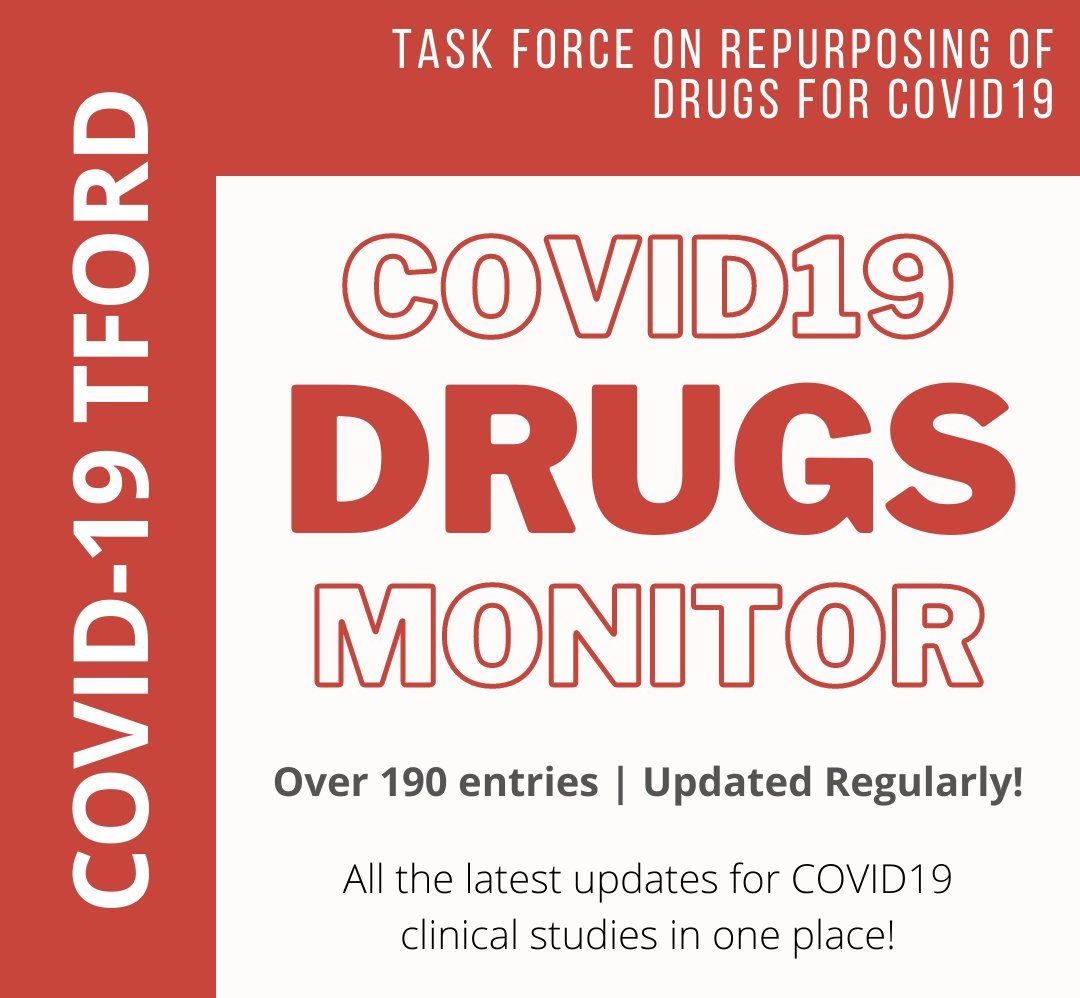(13 Apr 2021) Heparin- prophylactic doses of LMWH significantly reduced mortality
Use of low-molecular weight heparin, transfusion and mortality in COVID-19 patients not requiring ventilation
https://doi.org/10.1007/s11239-021-02429-z
From the initial cohort of 422 patients, 264 were enrolled. Most (n = 156, 87.7%) received standard LMWH prophylaxis during hospitalization, with no significant difference between medical wards and Intensive Care Unit (ICU). Major or not major but clinically relevant hemorrhages were recorded in 13 (4.9%) patients: twelve in those taking prophylactic LMWH and one in a patient taking oral anticoagulants (p: n.s.). Thirty-nine patients (14.8%) with median age 75 years. were transfused. Hemoglobin (Hb) at admission was significantly lower in transfused patients and Hb at admission inversely correlated with the number of red blood cells units transfused (p < 0.001). In-hospital mortality occurred in 76 (28.8%) patients, 46 (24.3%) of whom admitted to medical wards. Furthermore, Hb levels at admittance were significantly lower in fatalities (g/dl 12.3; IQR 2.4 vs. 13.3; IQR 2.8; Mann-Whitney U-test; p = 0.001). After the exclusion of patients treated by LMWH intermediate or therapeutic doses (n = 32), the logistic regression showed that prophylaxis significantly and independently reduced mortality (OR 0.31, 95% CI 0.13-0.85). Present data show that COVID-19 patients who do not require ventilation benefit from prophylactic doses of LMWH.
